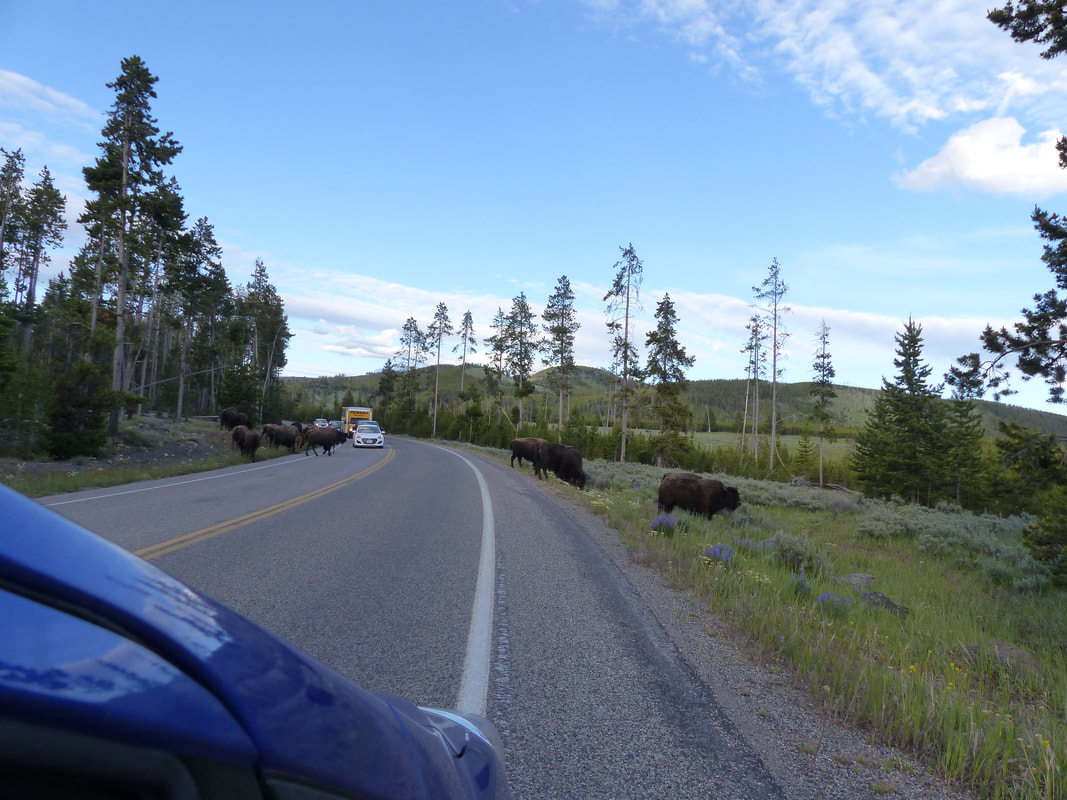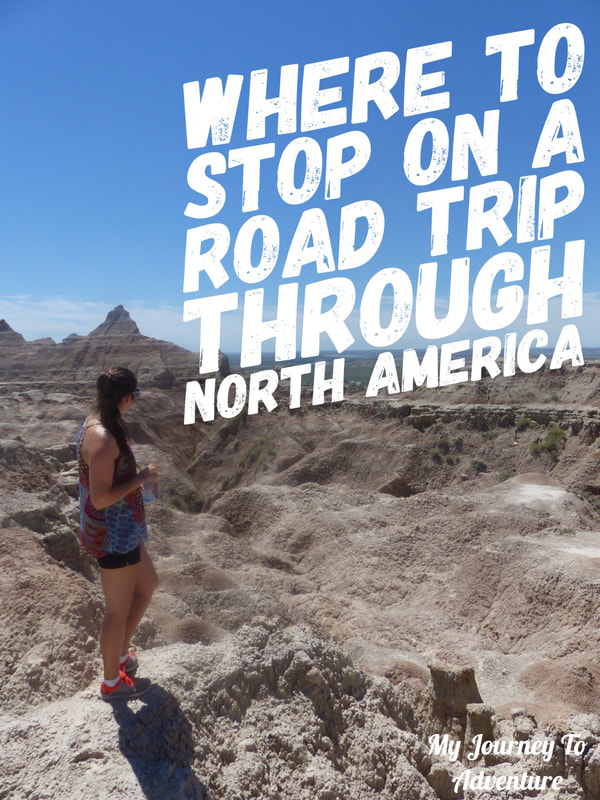|
I am usually the over-planning, 23 lists writing, packing and repacking, researching for hours, booking five months in advance kind of person when it comes to traveling. I don’t want to miss anything and try to make the most of every moment while on vacation, but after traveling for a whole year, the whole process feels a lot more natural and a bit less once-in-a-lifetime to me. If you are going to be traveling every other weekend, you can’t be spending all of your time preparing your two-day trip. So when came the time to plan our return trip to Quebec City, my friend and I decided we were going to try the no-planning strategy. Don’t get me wrong, I researched all the places we could stop along the way, but the only thing we left with was a list of places we wanted to visit, an email to family members living close to those places saying we might stop by and a text to our parents saying we had no idea when we would get home, but it would be around the end of June. It turns out, it was the best idea we ever had and I am definitely doing it again the next time I am traveling!
When we left Comox (Vancouver Island, BC) on June 3rd, I was definitely nervous. We were leaving for a month of driving with an itinerary that was still filled with a bunch of question marks as our only plan. We knew we could stay with some family members along the way which reassured me a little, but more than half the nights we would have to find accommodation when we got to our destination and that was not something I was very comfortable with at the time. We did have basic camping gear (a tent, sleeping bags, utensils and a cooler) and were thinking of camping in the National Parks we would, for sure, be stopping at.
The beginning of our trip was pretty easy. We stayed with family in both Vancouver and the Okanagan. We learned how to use public transportation in Vancouver and took advantage of the free shuttles available for popular attractions. We stopped at Information Centers to ask for directions and what there was to see and talked to some of the locals for the less known things to do. Our free itinerary allowed us to use certain roads according to recommendations and to visit locations we would not have found on the internet.
When we got to the Rockies (Mount Robson, Jasper, Banff), the weather was NOT on our side and accommodation became tricky. Camping was a great way to save money, but not very efficient in the rain/snow and the cold if you want to be well rested for the next day. After a night of camping in the cold and a day of hiking in the rain, the only thing we wanted was a hot shower and a warm bed. Of course, hotels in Jasper are super expensive and way above our price range, but a visit to the Visitor Center later and we were on our way to a nice and affordable bedroom (if you are planning a visit to Jasper, check-out stayinjasper.com for affordable and comfy home accommodations). Even in peak season, we were able to find camp sites, hotels or home accommodations easily every night. And the best part, we got to choose, depending on the weather, our plans for the night or our location, what kind of accommodation would be best for us every night.
Not having a plan was also great for activities and hikes. We knew we would go to Mount Robson, then Jasper, then Banff, (then a myriad of other places in Canada and the United States,) but we didn’t have a set amount of time in each location. This allowed us to stay longer in the places that we enjoyed like Five Lakes in Jasper or Lake Moraine in Banff or leave early if the weather was horrible or if there was a bear on the trail (this did happen while we were hiking in Mount Robson! We decided not to risk it and turn around and to this day I am still okay with that decision. Being eaten by a bear is not very high on my bucket list).
The best part according to me, the official driver of this whole trip, was being able to stop for the night when driving became too hard or not having to stop for the night at set places on the days where I felt like driving. I remembered from our trip to California how terrible it was to be stuck in traffic and just wanting to stop for the night but having to keep going to make it to our hotel reservation and I did NOT want a repeat of that experience!
In every place we stopped, our visit started the same way: the Visitor Center. Every city or park has one and they are great sources of information. Hiking maps, lists of restaurants, tips on what to do depending on the weather and the different activities available were all information we got for free at every destination and, ten minutes later, we were ready to enjoy our day or multiple days. Every night when we got tired or hungry, we looked at the map and the list of campgrounds to compare the prices and amenities and decide which one would be our home for the night or, if we were on the road, we would stop at a store and ask where the hotels were located in the city (most of the time, they are all on the same street or in the same neighbourhood so you can visit a few of them to check out prices and availability and then make your choice).
A lot of things can alter your trip in seconds. Whether it be traffic, the weather, construction, attractions that are unexpectedly closed or an accident, you don’t want to be stuck in a plan that can’t be modified easily. While planning can be a great way to prevent stress and to make sure you have nothing to worry about during your trip, less planning will allow you a lot more flexibility and, especially for trips outdoors, I will continue to use the no-planning strategy. For more details on my trip across North America, click here and I’ll see you out there!
What kind of traveler are you? The planning-for-hours or the we'll-see-when-we-get-there type? Let me know in the comments below :)
other articles you might enjoy
0 Comments
Leave a Reply. |










 RSS Feed
RSS Feed